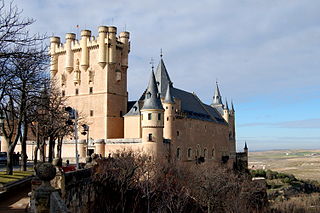
Mende is a commune and prefecture of the department of Lozère and of the region of Occitanie in southern France. Its inhabitants are called the Mendois. The city, including the first traces of dwellings date back to 200 BC, was originally named Mimata, probably in reference to the mountains that surround it.

Marienberg Fortress is a prominent landmark on the left bank of the Main river in Würzburg, in the Franconia region of Bavaria, Germany. The mighty Fortress Marienberg is a symbol of Würzburg and served as a home of the local prince-bishops for nearly five centuries. It has been a fort since ancient times. Most of the current structures originally were built in Renaissance and Baroque styles between the 16th and 18th centuries. After Gustavus Adolphus of Sweden conquered the area in 1631 during the Thirty Years' War, the castle was reconstructed as a Baroque residence. After it ceased to serve as residence of the Bishops of Würzburg, the fortress saw repeated action in the wars of the late 18th and 19th centuries. Festung Marienberg was severely damaged by British bombs in March 1945 and only fully rebuilt in 1990. Today, it houses two museums.

Ehrenbreitstein Fortress is a fortress in the German state of Rhineland-Palatinate, on the east bank of the Rhine where it is joined by the Moselle, overlooking the town of Koblenz.
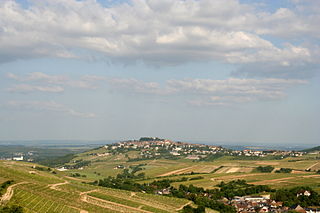
Sancerre is a medieval hilltop town (ville), commune and canton in the Cher department of central France overlooking the Loire River. It is noted for its wine.
Nagykálló is a small town in Szabolcs-Szatmár-Bereg county, in the Northern Great Plain region of eastern Hungary. Before World War II it belonged to Szabolcs county.
The Château de Beaufort is a ruined castle located along the upper reaches of the Loire River in France. It is near the village of Goudet in the département of Haute-Loire, in the Auvergne region. It was built in the 13th century and modified in the 15th and 16th centuries. Perched on a rocky headland overhanging the granitic rocks of the Margeride, the fortress is today a ruined shell.

Langogne is a commune in the Lozère department in southern France.
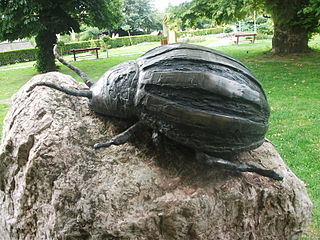
Hédervár is a village in Győr-Moson-Sopron county, Hungary.

Calvisson is a commune in the Gard department in the Occitanie region in southern France.
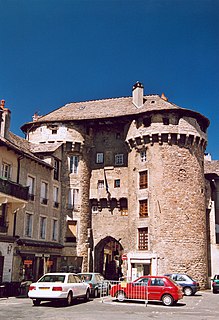
Marvejols, is a commune in the Lozère department in southern France.

Villebois-Lavalette is a commune in the Charente department in southwestern France. It was the seat of the former Canton of Villebois-Lavalette, and is located on a prominent hill which has a château dating back to Roman times.
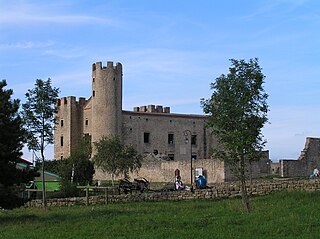
The Château d'Essalois is a restored castle in the commune of Chambles in the Loire département of France, overlooking a dammed portion of the Loire River, Lake Grangent.

Puycelsi is a commune in the Tarn department in southern France.

Achalm Castle is a ruined castle located above the towns of Reutlingen and Pfullingen in Baden-Württemberg, Germany. Situated on the top of a hill at the edge of the Swabian Alb the ruins of the 11th-century castle are topped by a look-out tower from 1838.

The Château d'Apcher is a ruined feudal castle in the commune of Prunières in the Lozère département of France. The castle was built and altered in the 11th century, with further building in the 12th and 14th centuries.
The Château du Tournel is a ruined feudal castle in the commune of Saint-Julien-du-Tournel in the Lozère département of France. A former seat of the Barons of Tournel, one of the eight baronies of Gévaudan, it was destroyed during the French Wars of Religion by Huguenot troops under Matthieu Merle.

Oppidum Uetliberg was a La Tène era oppidum located near the top of the hill Uetliberg in what is now the Swiss canton of Zurich.

Wiedlisbach Castle is a former tower house and defensive tower in the municipality of Wiedlisbach of the Canton of Bern in Switzerland.

